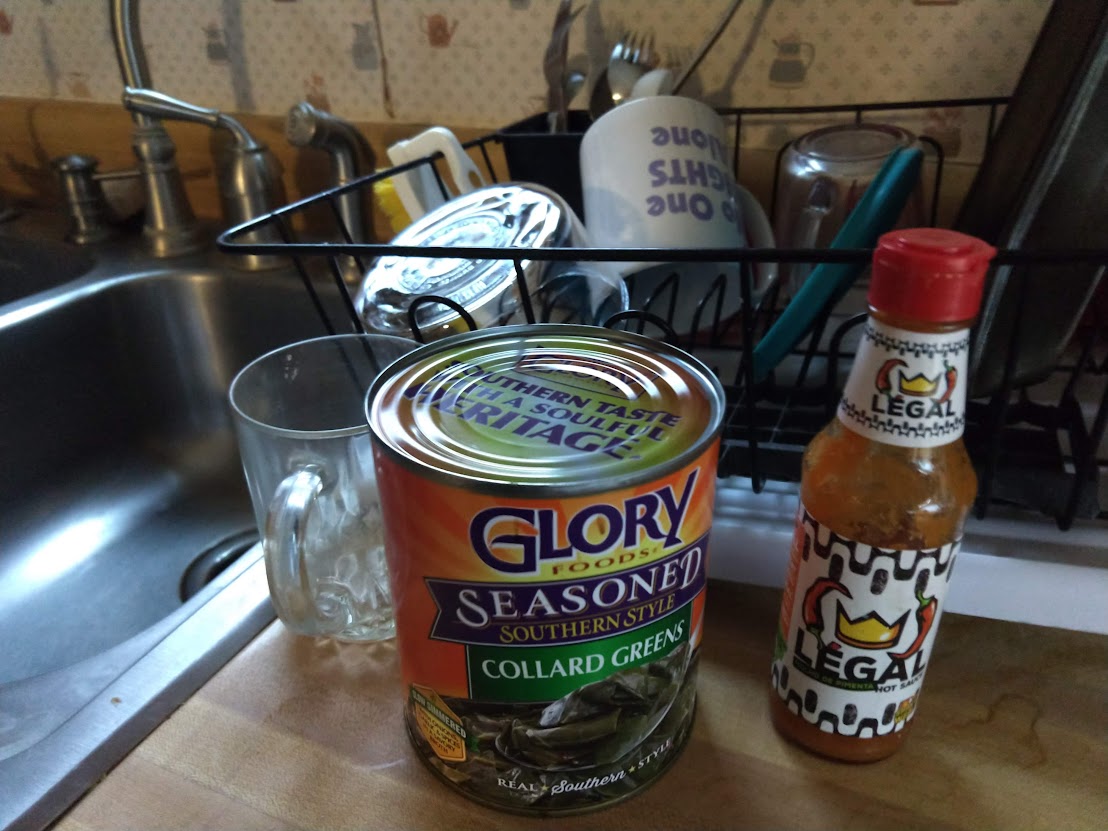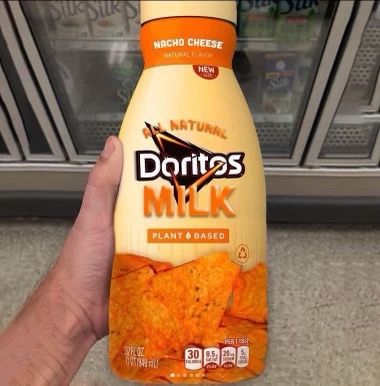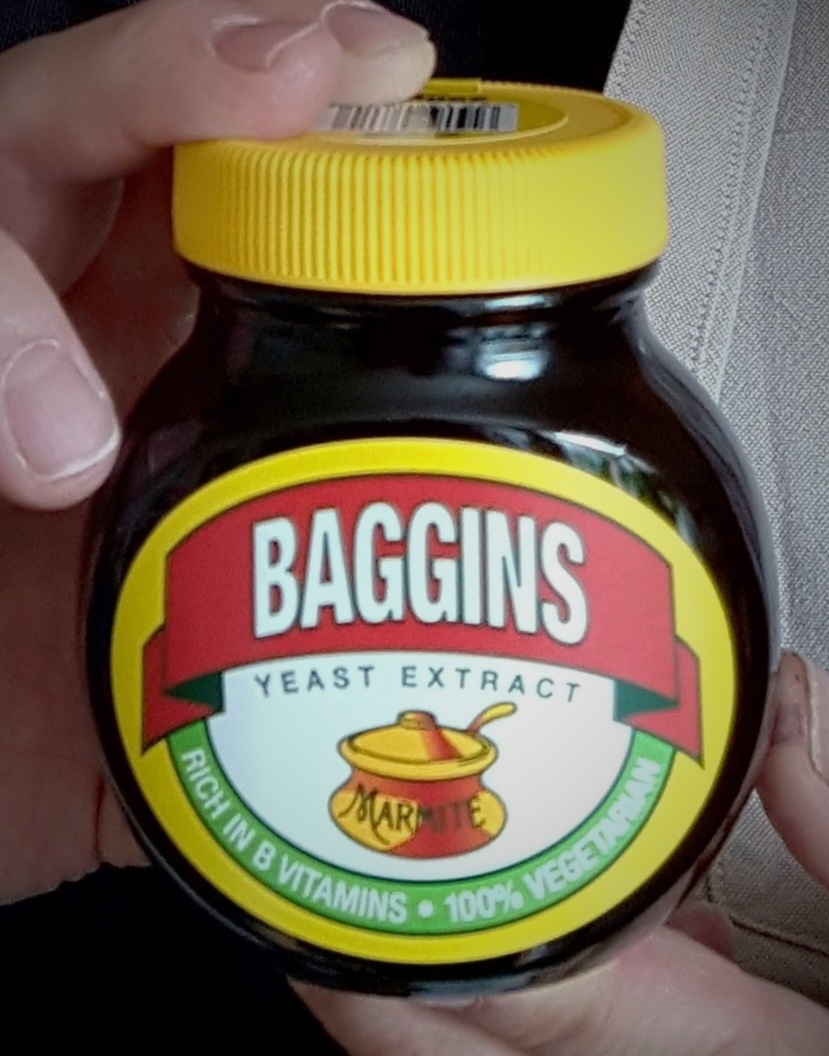collard greens w/Tabasco to kill the dirty sock smell
Nah, those are the least bad canned collards. With a little bit of help, they can be passable, but you gotta be fond of vinegar.
That’s the real key to canned greens of any kind, tbh. You pick your vinegar type, and experiment with the amount added, while the greens are warming up. You gotta give the acid time to work on that “tinned” flavor and any of the old sock smell that happens with that brand (iirc, it’s from the artificial smoke flavor). Keep the heat low while it works, give it at least five minutes in the pot. Ten is better, but don’t go much past 15.
Then top with the Tabasco if you happen to like that on greens anyway. You’ll use less, because the greens themselves are okay enough you don’t need to drown them in a cover.
That being said, no canned or frozen collard can match fresh (partially because it’s always chopped too fine, not just because it’s preserved). They are, luckily, very easy to make from fresh; prep is the bigger factor than the actual cooking.
If you’re still with me, here’s how I do collards.
Take your batch, and split it into smaller batches first. Clean that shit! Collards are sandy as fuck. Get rid of most of the stem. Stems suck, the texture is bad and they’re too bitter.
Once done, get your bacon grease out. No fucking olive oil, no fucking canola. You want pig fat. Tallow is acceptable, shmaltz is better than nothing. But bacon grease is sovereign. What? You don’t have bacon grease sitting and waiting? Well damn, son! Fry some fucking bacon. Get it extra crispy and set aside.
Now, you keep the heat at an approximate medium high. You don’t want fried collards. You want a few tablespoons of grease in the pot or pan (that’s about the size of batch), and enough heat to wilt the collards. You aren’t looking to cook those glorious motherfuckers fast, you’re just getting it started.
So, you toss the collards in the grease. Get it all mixed up and coated. If you’re doing a giant mess of collards, you might need to do this in batches and combine in your big pot as you go.
Now, I am not a ham hock supporter for collards. Some people swear by them, and it ain’t exactly a dealbreaker, but there are better options. For one, that extra crispy bacon is excellent when crumbled up and added. But country ham is the gods’ collard additive of choice. You just need one piece, you don’t even have to pull the salt from it unless you’re only doing a single pan’s worth of collards.
In any case, add your pork product of choice after the greens are wilted.
At this point, you’ll have a solid base to work with. You add any spices you’re going to want. I like my collards to be the star, so it’s usually just pepper if I’m cooking for me. But you can mince some garlic and/or onion. Maybe a single clove for a whole batch, maybe up to a half onion. You can use granulated/powdered of those instead. Get that dialed in to your tastes as you go. Your first batch might not be perfect for your preferences, but you’ll get there.
Once you’ve got all that in, you bring your vinegar to the party.
No balsamic. Not gonna work.
Apple cider vinegar is sovereign for collards. But wine vinegar (red or white, but I prefer red) is decent enough. Even plain white distilled vinegar will work, but it’s not as good. Rice based vinegar works, but it doesn’t pack enough flavor to add to the dish the way acv it wine vinegars will.
For the most part, you’re only going to need maybe two or three tablespoons for a decent sized pot of collards. You aren’t trying to pack flavor in, you’re lifting the flavor that’s there, while aiding the process of cooking. The acid helps the greens become tender before they end up losing all their “greenness”. You know how greens can turn out all olive drab? That’s why it needs the help in that regard.
Add in maybe a half cup of water.
Now, you cut down the heat. You want this to be barely a simmer. You let that shit go for an hour. Test it for tenderness after that time, and decide if it’s there for you. But an hour should leave you with tender collards that retain most of their color, and once you get them covered, you don’t really need much stirring at all. Once or twice at most.
With canned, you don’t have to do the long cooking to tenderize, so you’re using the vinegar to add flavor and reduce bad flavors. Frozen is similar, but you’ll need more time for the flavors to blend than you do with cannes
No crimes here, that’s good eatin’
What the hell? I had no idea collards came canned
 from walmart
from walmart
got a great recipe for cornbread. I love the heat. most don’t it’s a crime I haven’t made it in a while. canned collards smell like socks tho
Chilli goes with everything though.





